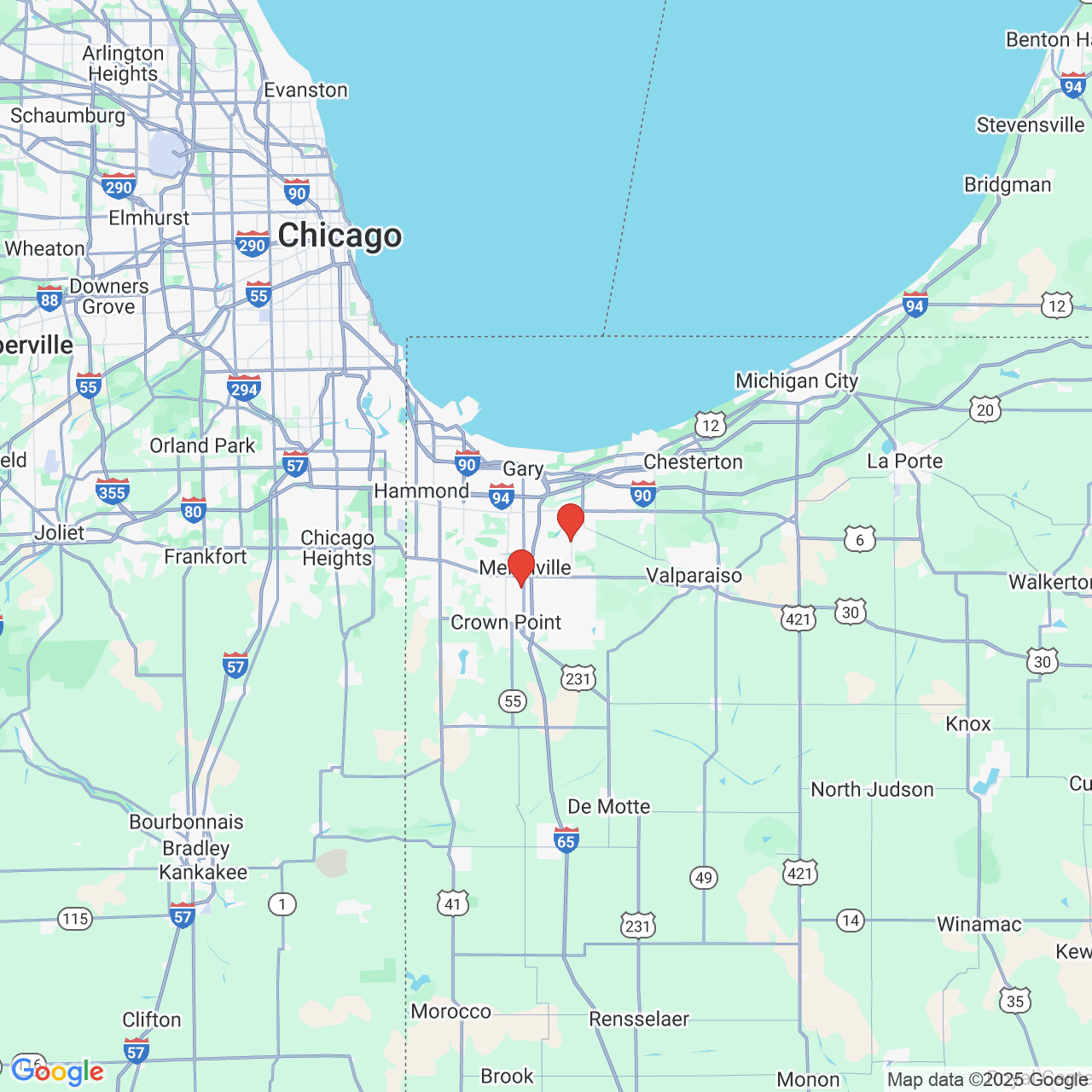History of LASIK Surgery
 When it comes to improving your eyesight, there are plenty of options out there. One of the most popular options by far is LASIK (laser-assisted in situ keratomileusis), a refractive surgery procedure that reduces dependence on glasses and contact lenses. Countless patients come to the Hobart and Merrillville, IN offices of Deen-Gross Eye Centers for this popular laser vision correction procedure.
When it comes to improving your eyesight, there are plenty of options out there. One of the most popular options by far is LASIK (laser-assisted in situ keratomileusis), a refractive surgery procedure that reduces dependence on glasses and contact lenses. Countless patients come to the Hobart and Merrillville, IN offices of Deen-Gross Eye Centers for this popular laser vision correction procedure.
LASIK didn’t come about fully formed. It required decades of development to come about. Dr. David Gross and his team would like to provide a brief history of LASIK so you know what went into developing the popular refractive procedure.
1940s-1950s: The Foundations of Refractive Surgery
LASIK would be nowhere without the contributions of Father Waclaw Szuniewicz. A Polish missionary and ophthalmologist, Father Szuniewicz developed a potential cure for astigmatism while abroad in China in 1948. The process would involve altering the curvature of the cornea.
Father Szuniewicz would go on to surgically treat astigmatism while at Yale from 1949-1952, using his work in China as a basis.
1964: The Contributions of Dr. Jose Ignacio Barraquer
While Father Szuniewicz laid some foundations for refractive surgery, Dr. Jose Ignacio Barraquer is often considered the father of modern refractive surgery. A Spanish ophthalmologist working in Bogotá, Colombia, Dr. Barraquer dedicated his life to corneal transplants, refractive techniques, and lens surgery.
To alter the shape of the cornea and treat refractive errors, Dr. Barraquer would make extremely thin incisions along the cornea.
1973: RK (Radial Keratotomy)
Building off of Dr. Barraquer’s work, Russian ophthalmologist Dr. Svyatoslav Fyodorov would bring refractive surgery another major step forward. Dr. Fyodorov noticed that a myopic boy’s vision somehow improved after sustaining injuries to the eye fro glass fragments. This revelation led to the development of radial keratotomy (RK), which was an early and relatively effective form of refractive surgery before the advent of lasers.
1973-1983: Invention of the Excimer Laser
On the note of lasers, modern vision correction would be nowhere without the development and creation of the excimer laser. This is the device that makes LASIK possible.
What’s interesting is that the excimer laser was originally used in the computer industry to help make precision cuts in the creation of microchips and small electric devices. It wasn’t until 1980 that Dr. Rangaswamy Srinivasan of the IBM Research lab discovered an excimer laser could cut living tissue without causing thermal damage to the surrounding area.
Five years later, Dr. Stephen Trokel at Columbia University’s Edward S. Harkness Eye Institute published his findings on performing RK using an excimer laser. Using a laser meant greater precision when making cuts along the cornea.
1987: PRK (Photorefractive Keratectomy)
Moving beyond RK, PRK involved the removal of the topmost layer of the cornea to make changes to the corneal using a laser. This slight change from PRK to RK meant a lot toward final results and vision quality.
The first PRK procedure was performed by Dr. Theo Seiler at the Free University Medical Center in Berlin, Germany.
1991: The First LASIK Surgery
The LASIK technique offers another innovation and variation on a previous technique. Whereas PRK involve removing the topmost layer of the cornea, LASIK involved making a flap through which revisions could be made. The flap was set back down to heal again. The flap would be made with an instrument known as a microkeratome.
Greek ophthalmologist Dr. Ioannis Pallikaris is credited with performing the first LASIK procedure and passing down the technique to others. Dr. Stephen Slade and Dr. Stephen Brint were the first people to perform LASIK in the United States. The FDA approved LASIK in 1996.
Modern innovations have allowed eye surgeons to forego the use of the microkeratome, allowing the corneal flap to be created with a safe laser instead.
Contact Deen-Gross Eye Centers
To learn more about enhancing your vision and improving your overall wellness and well-being, be sure to contact an experienced laser eye surgeon. The Deen-Gross Eye Centers team look forward to your visit and discussing these matters in greater detail. Our Hobart office can be reached at (219) 947-4410, and our Merrillville office can be reached at (219) 769-8989.


